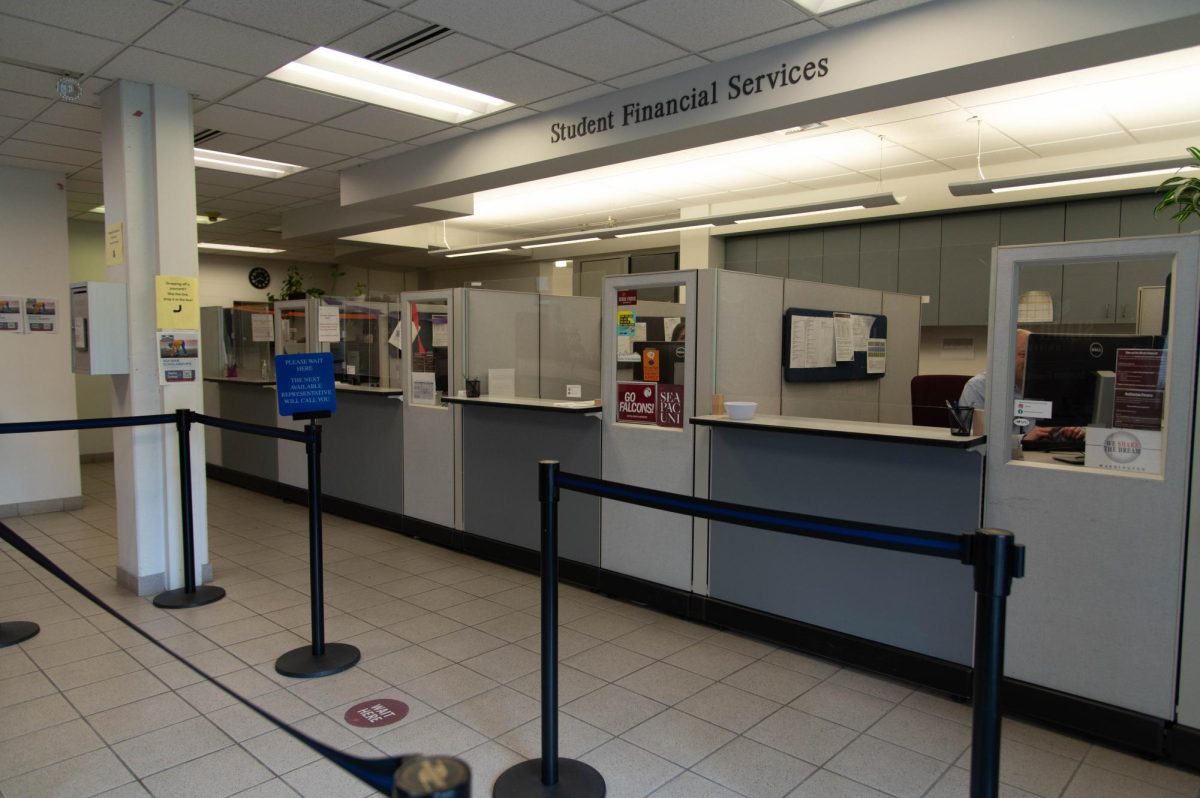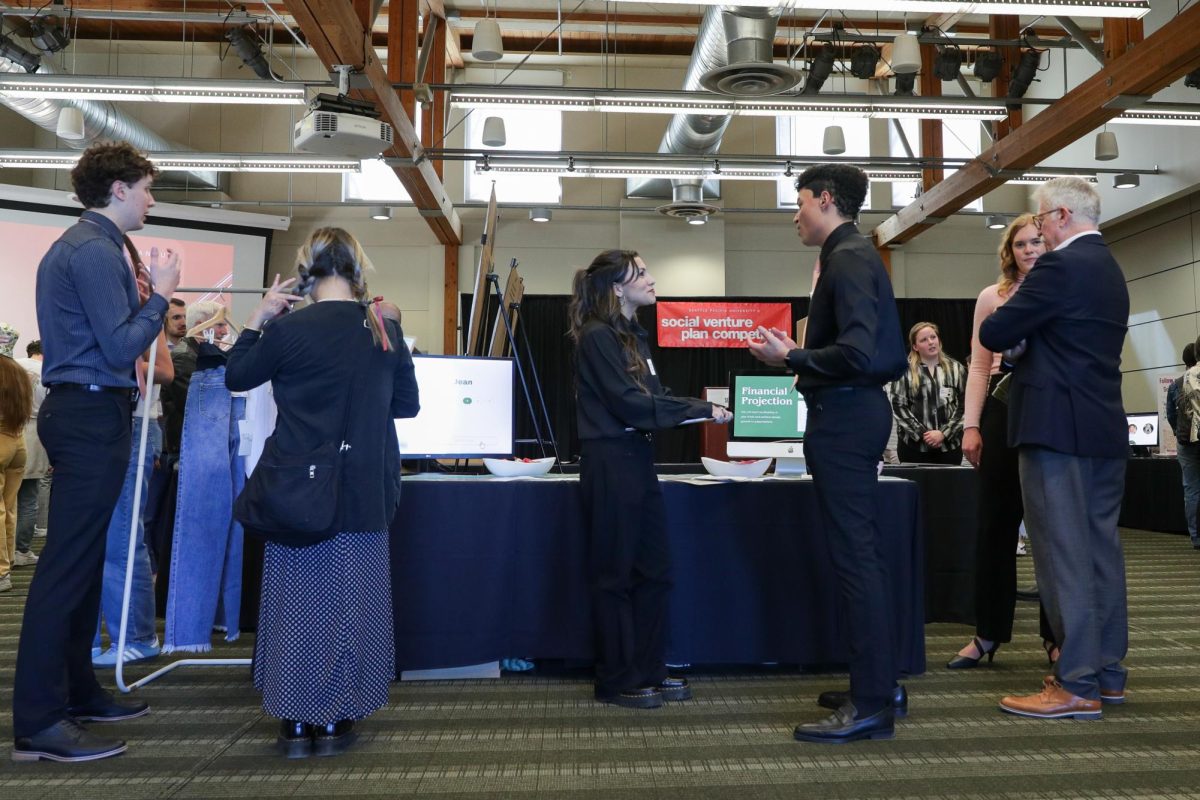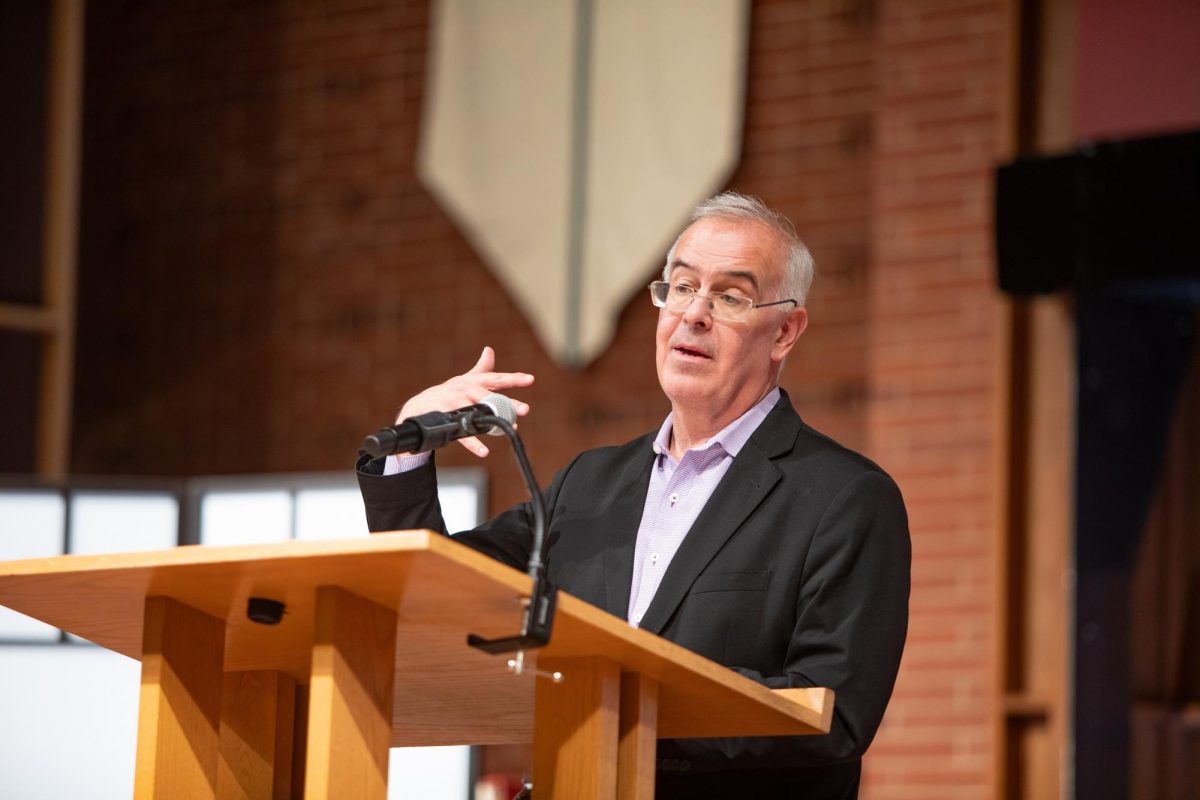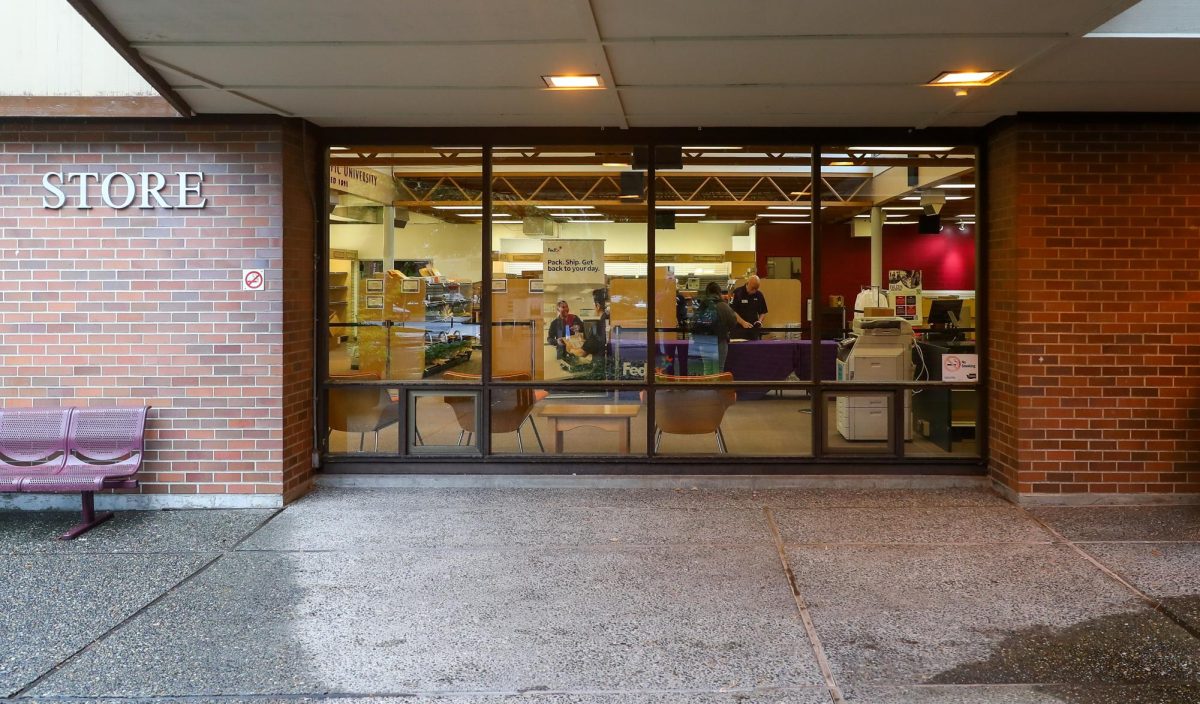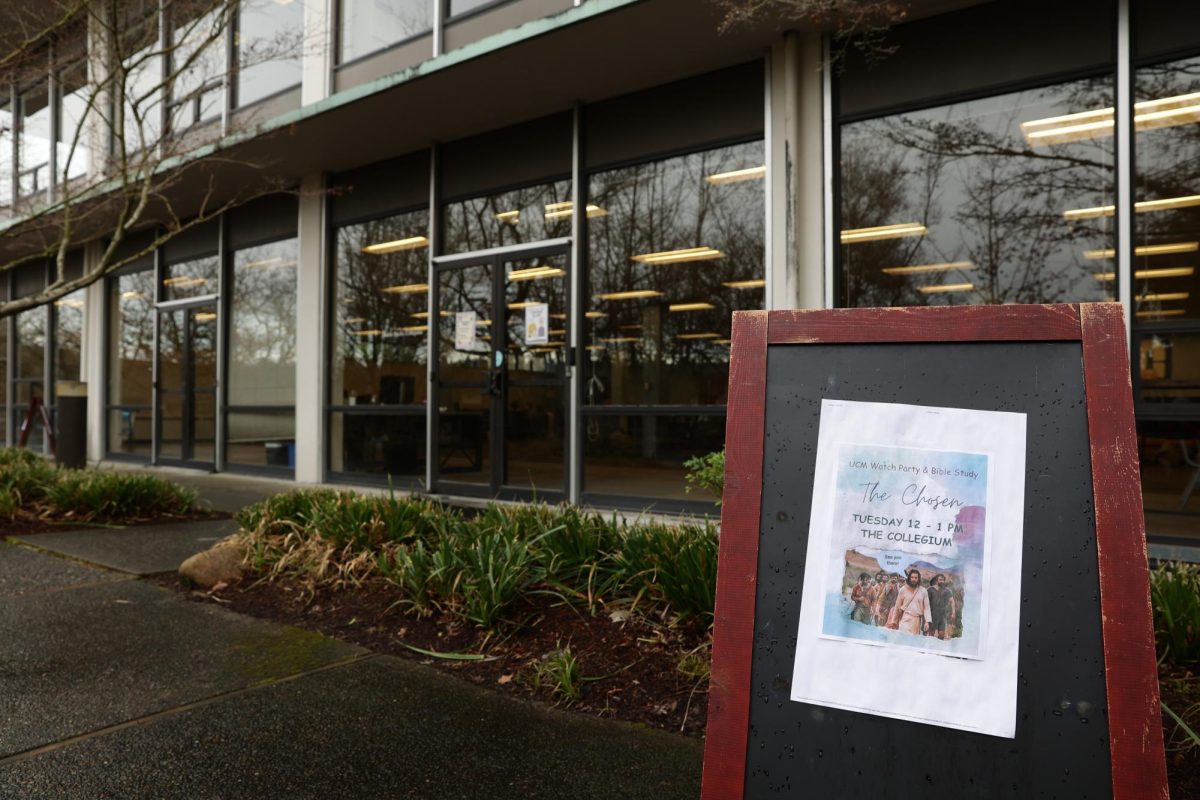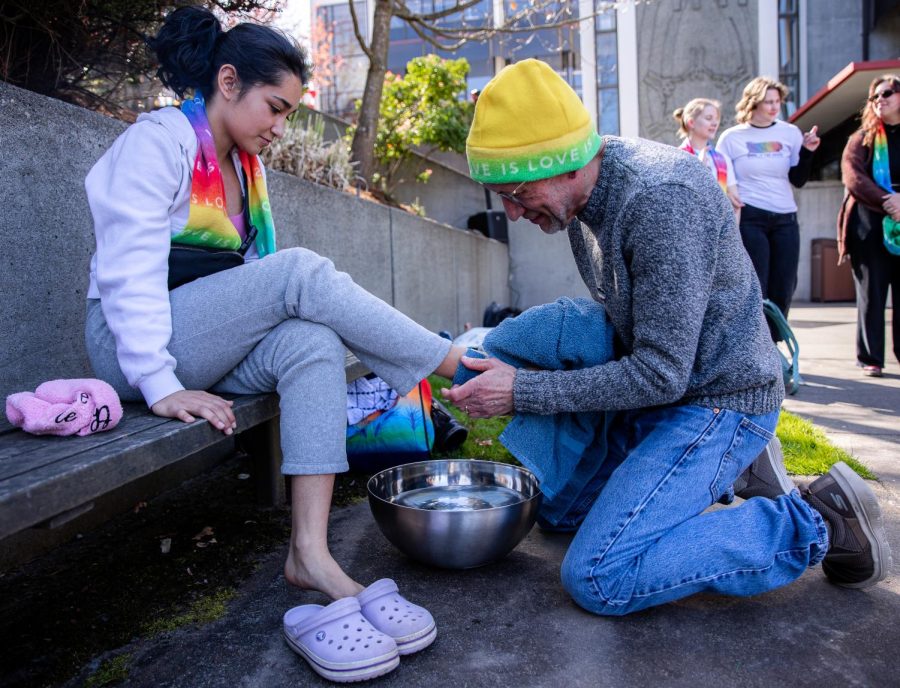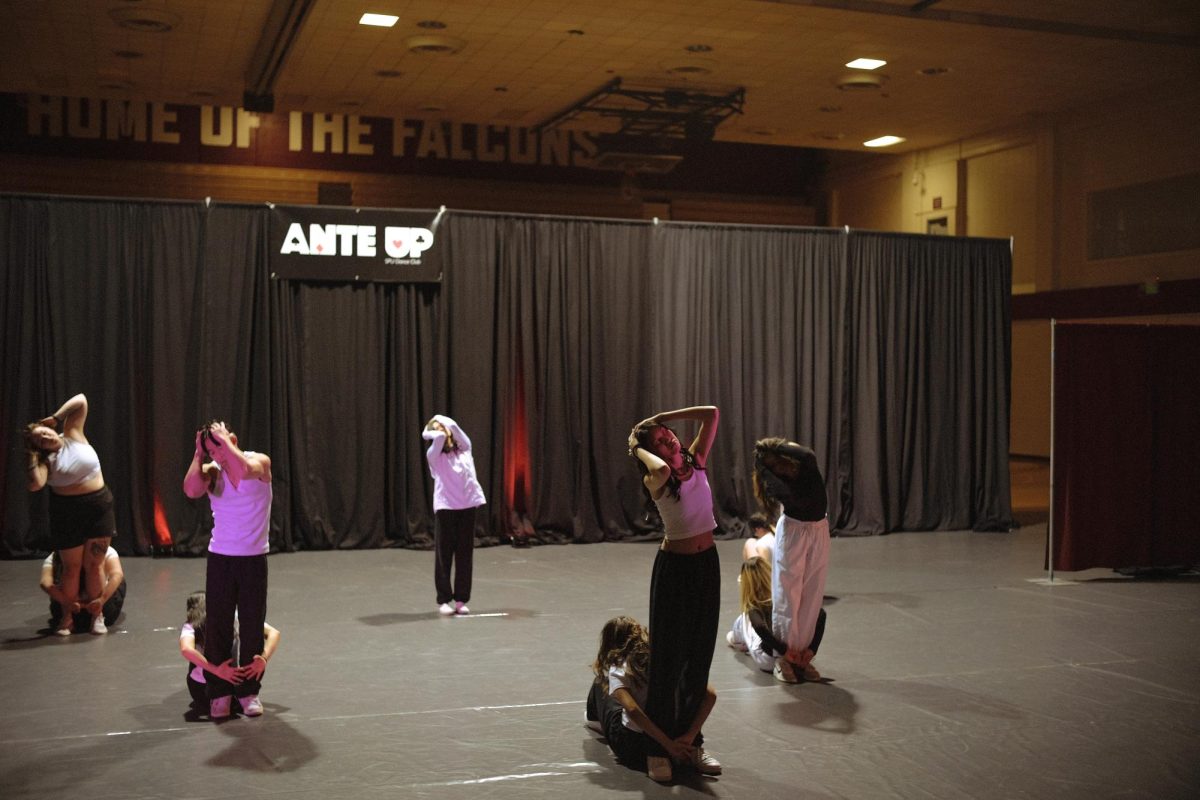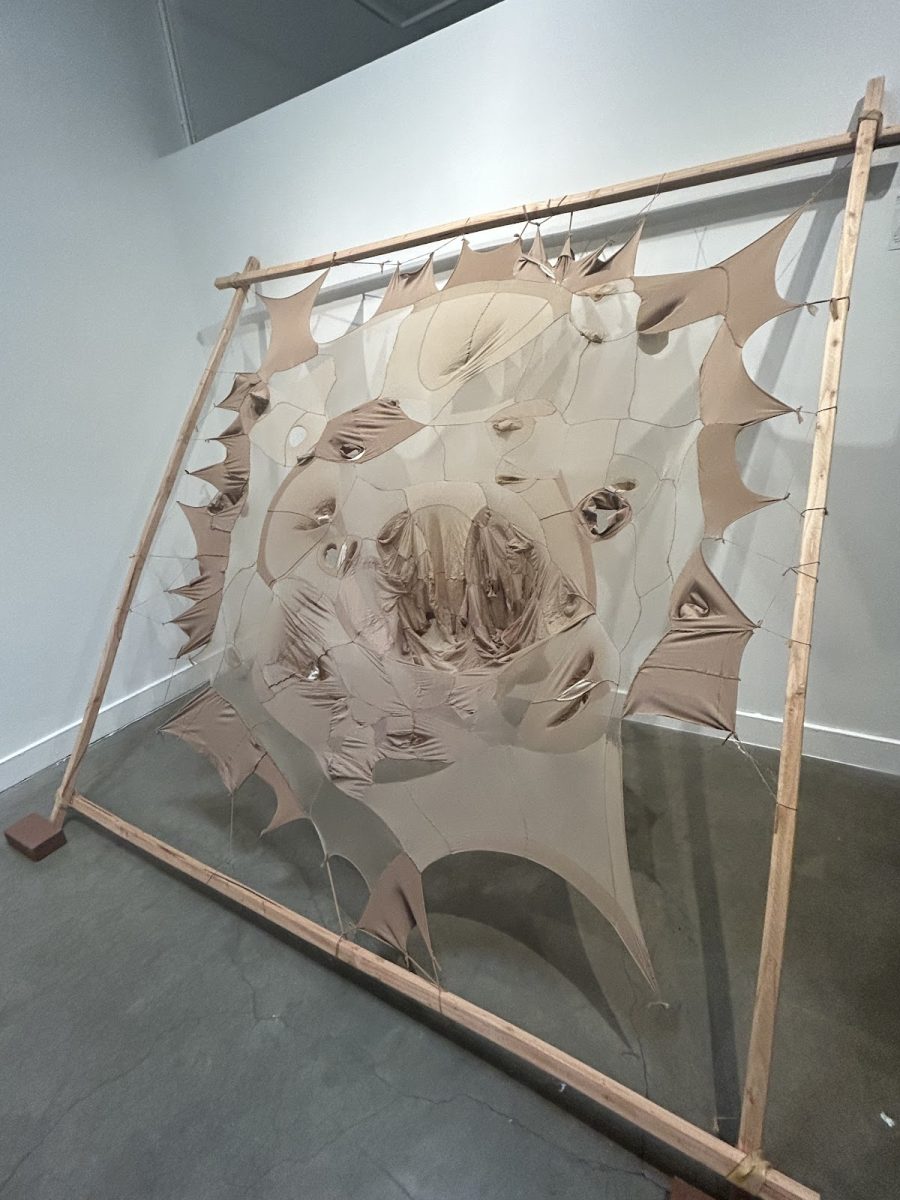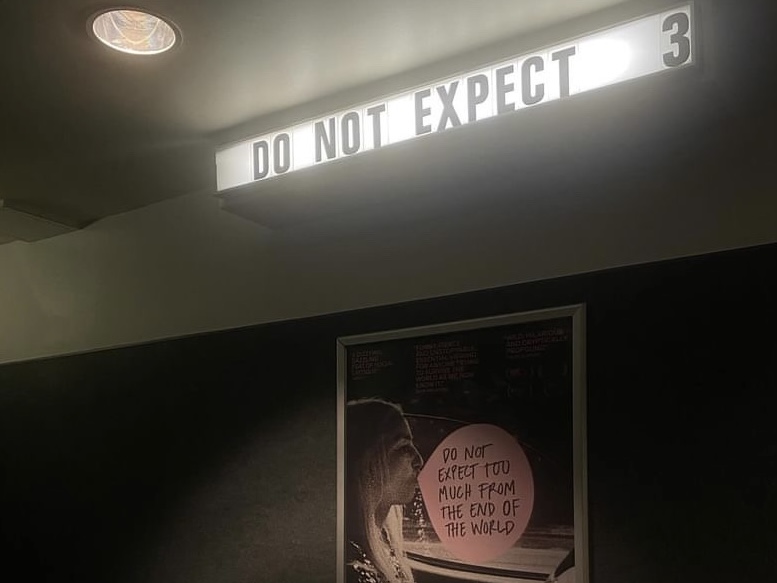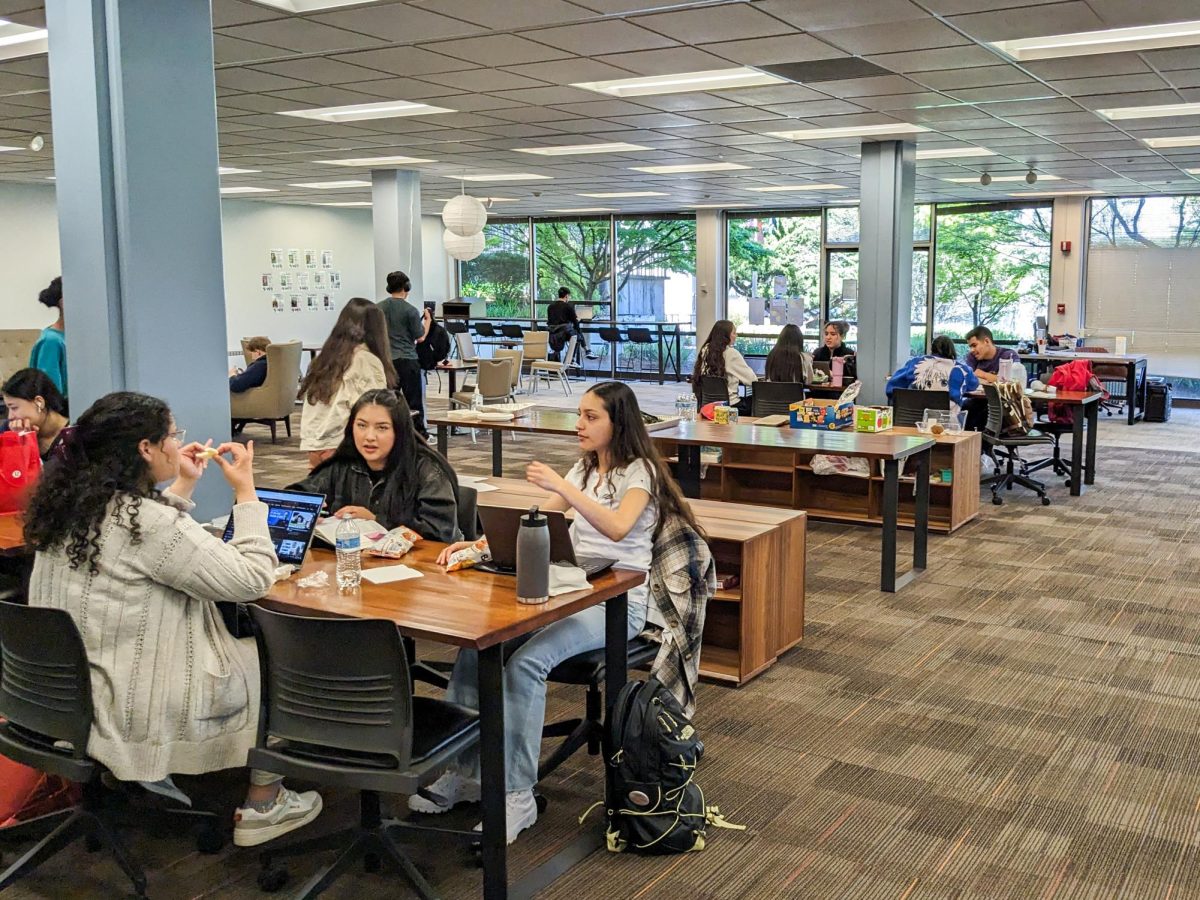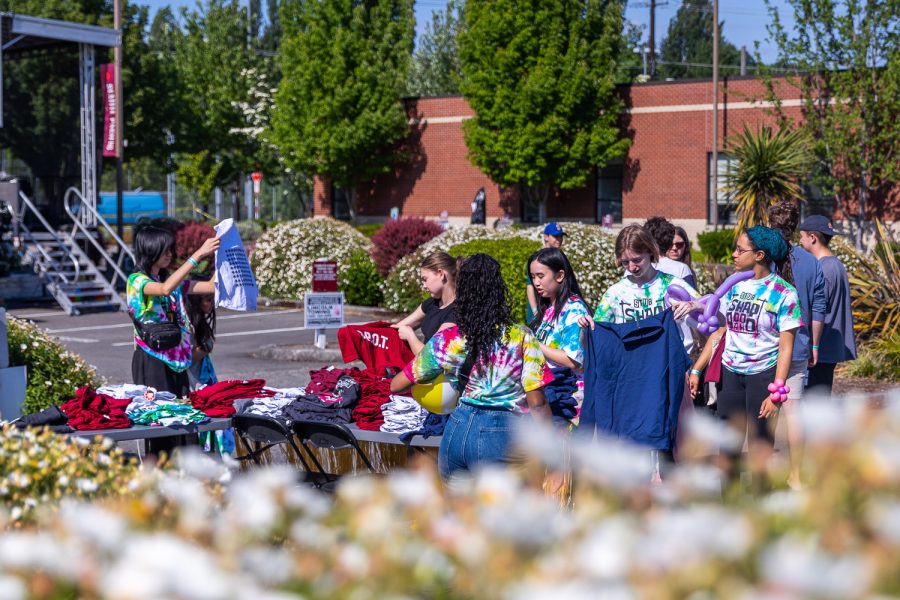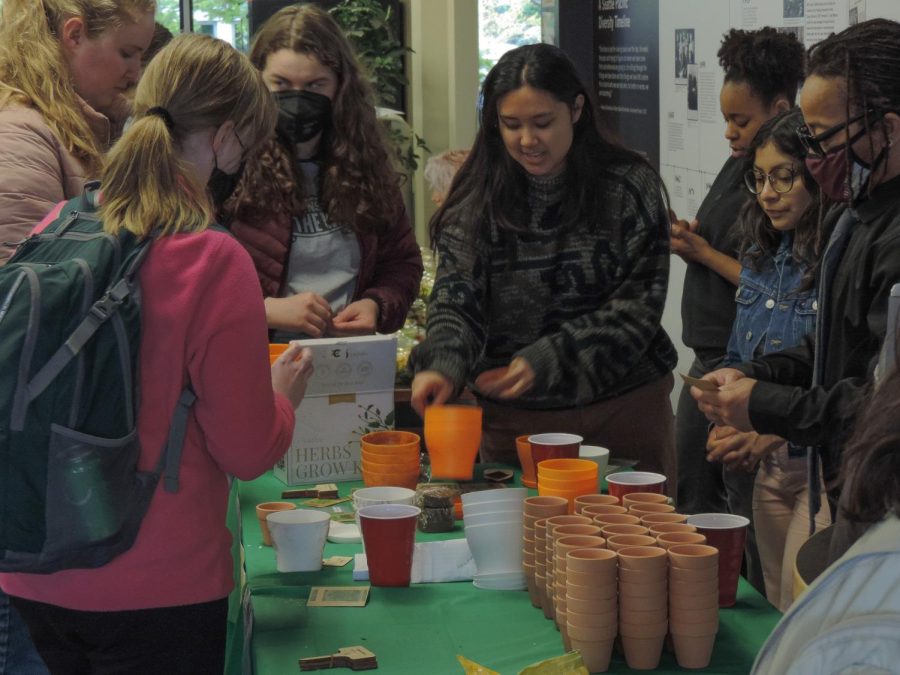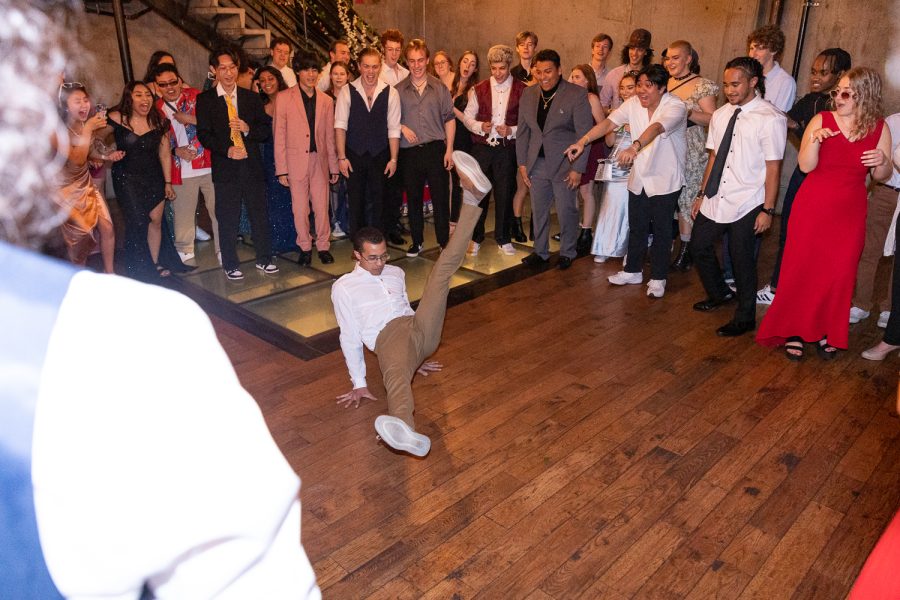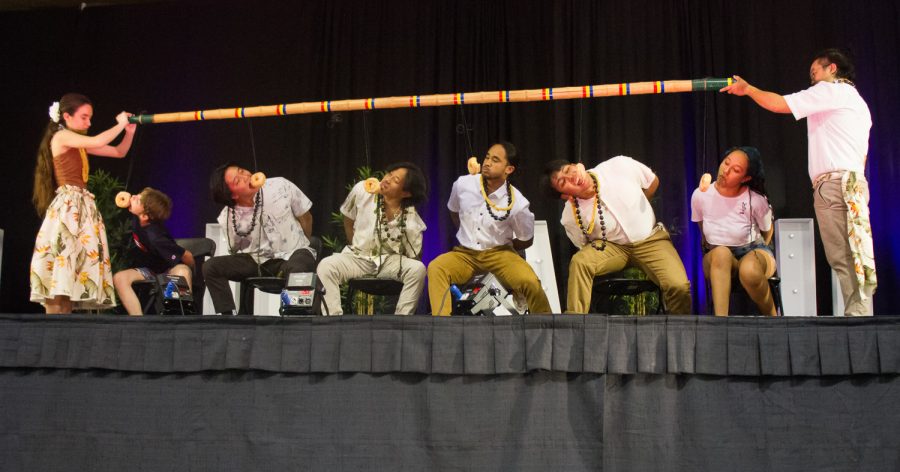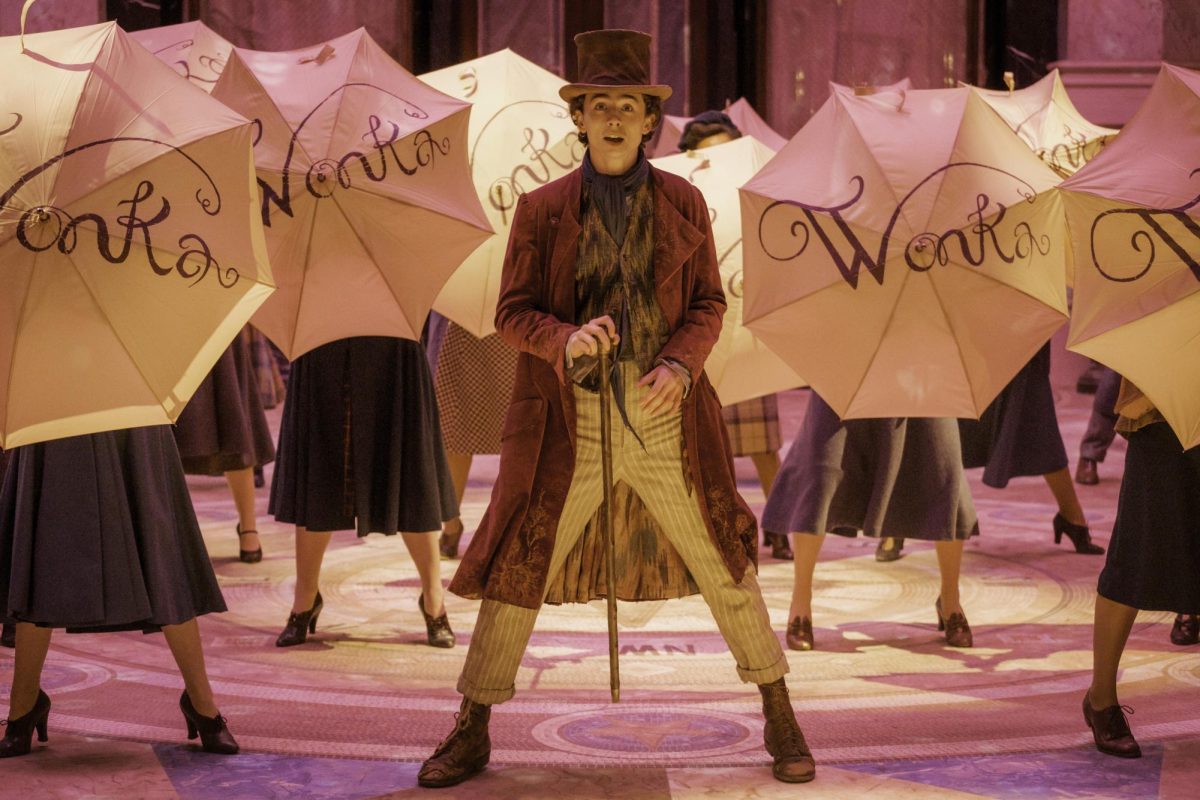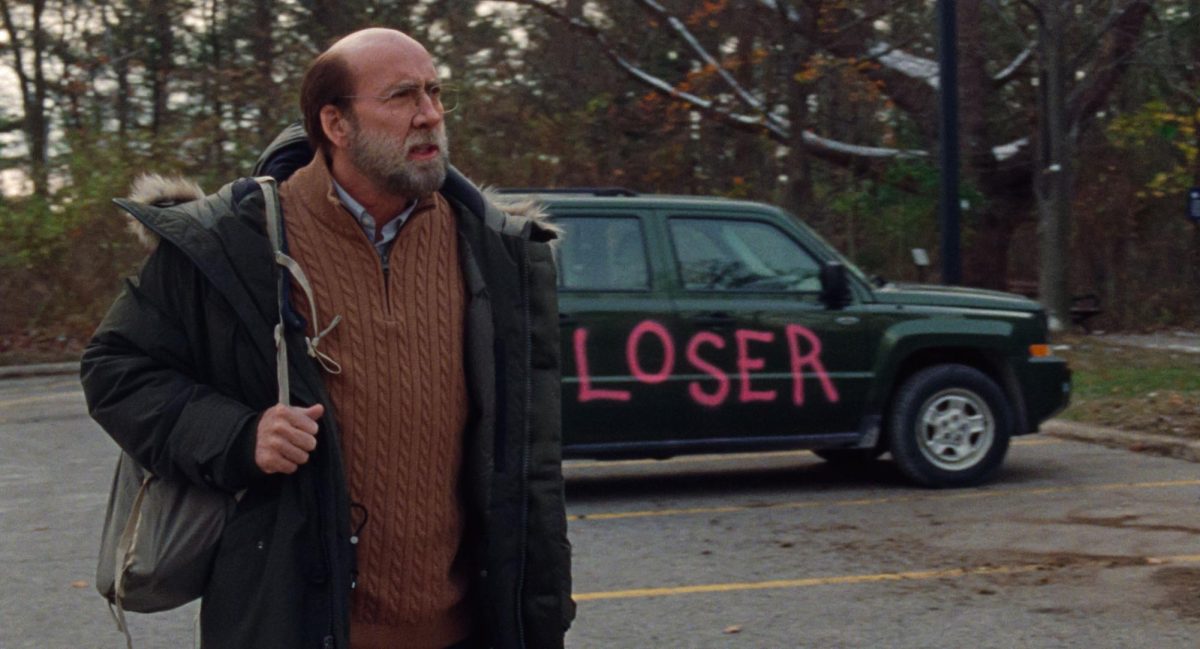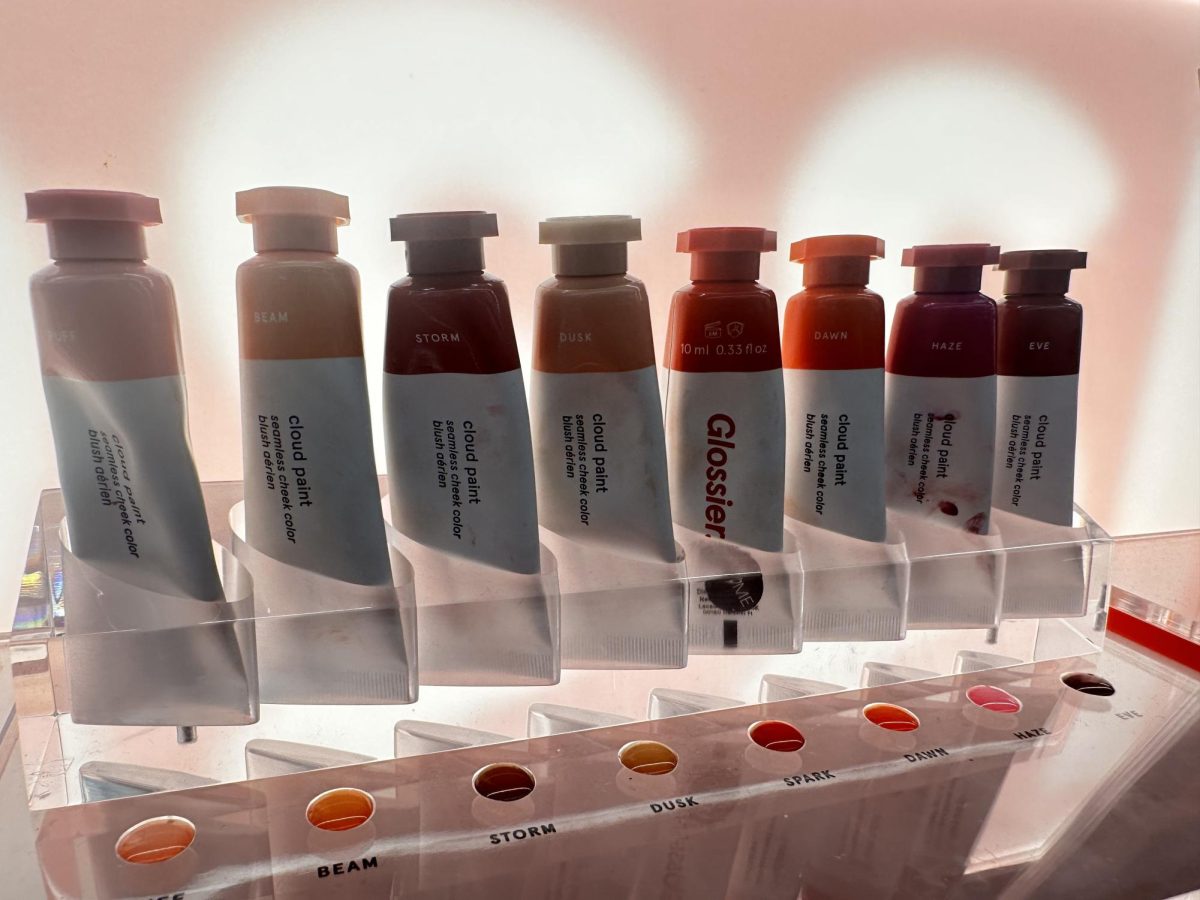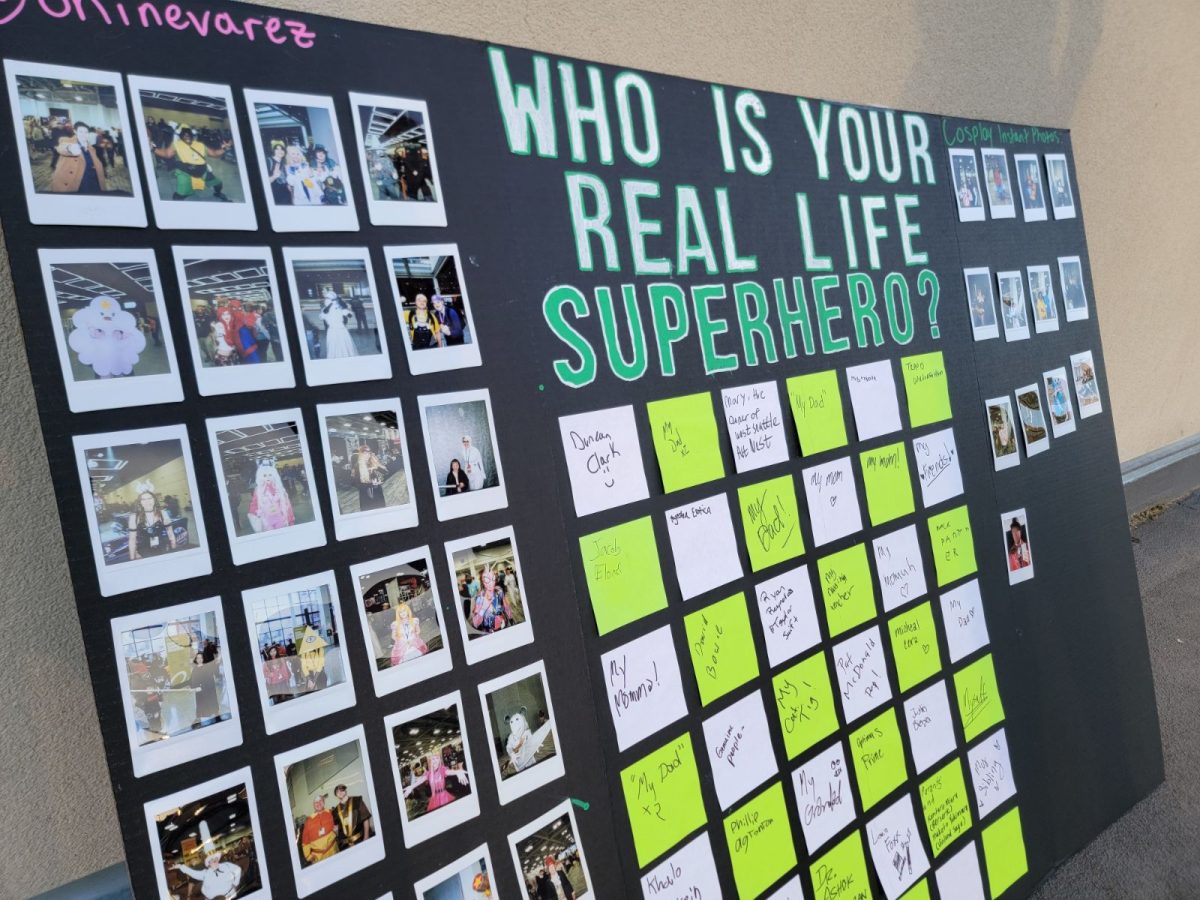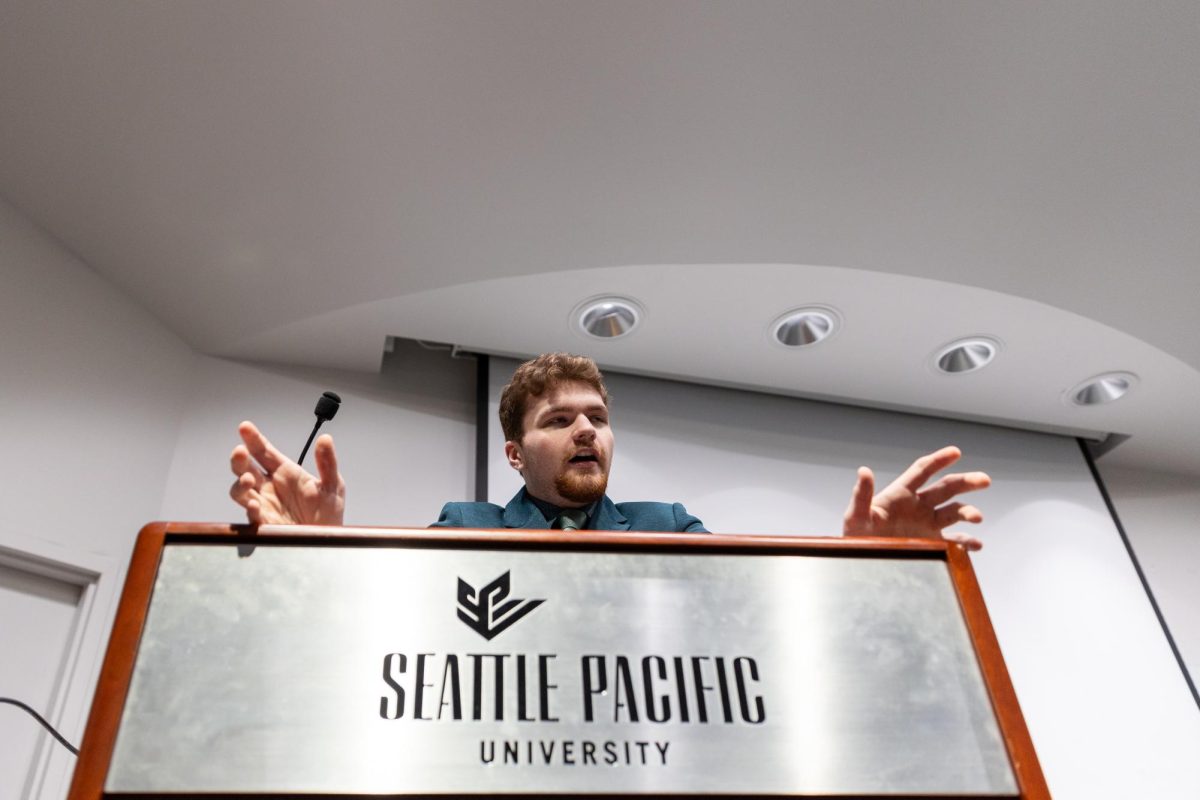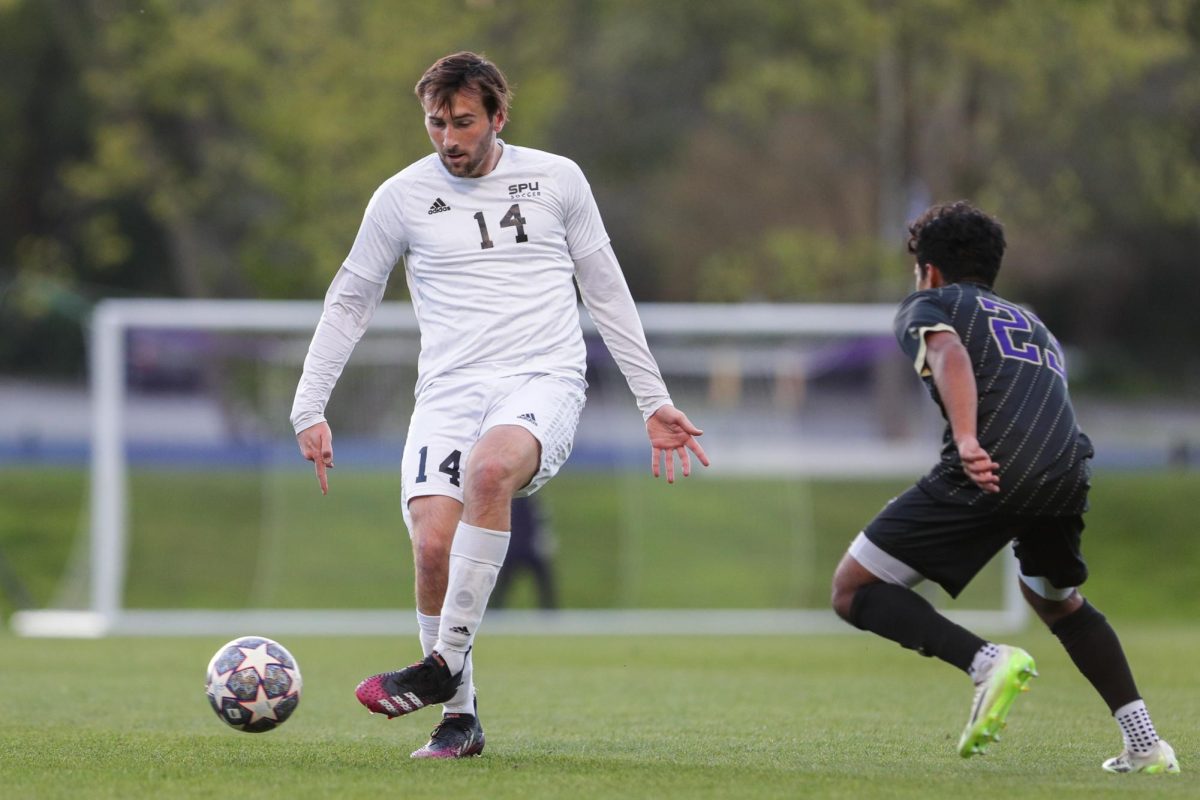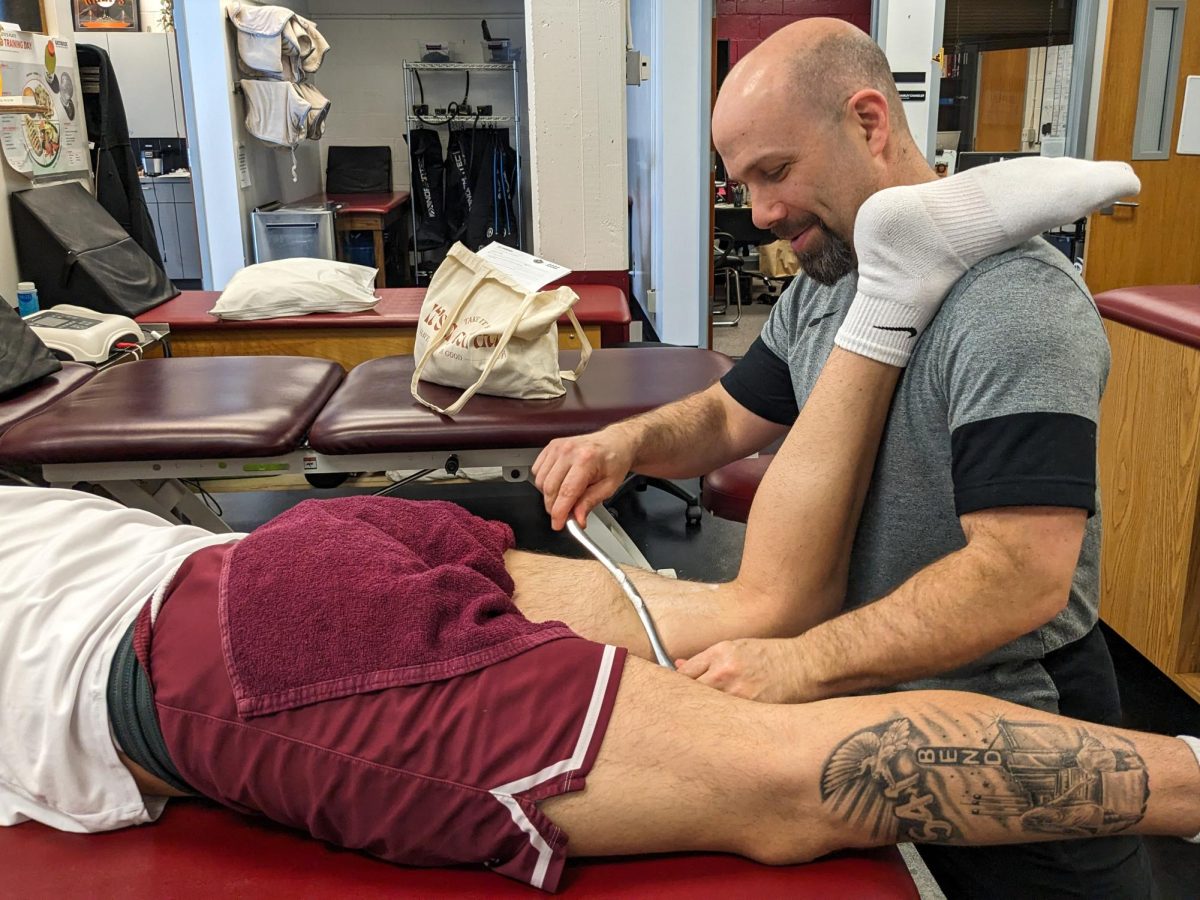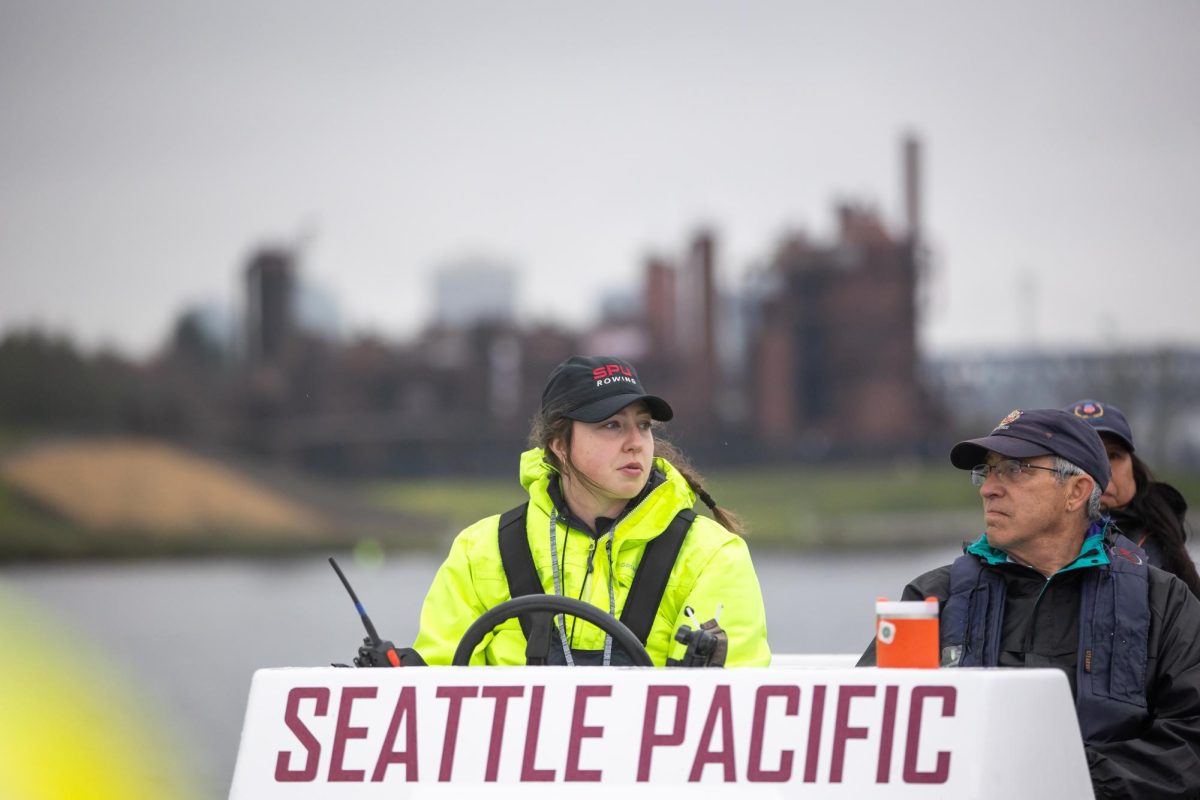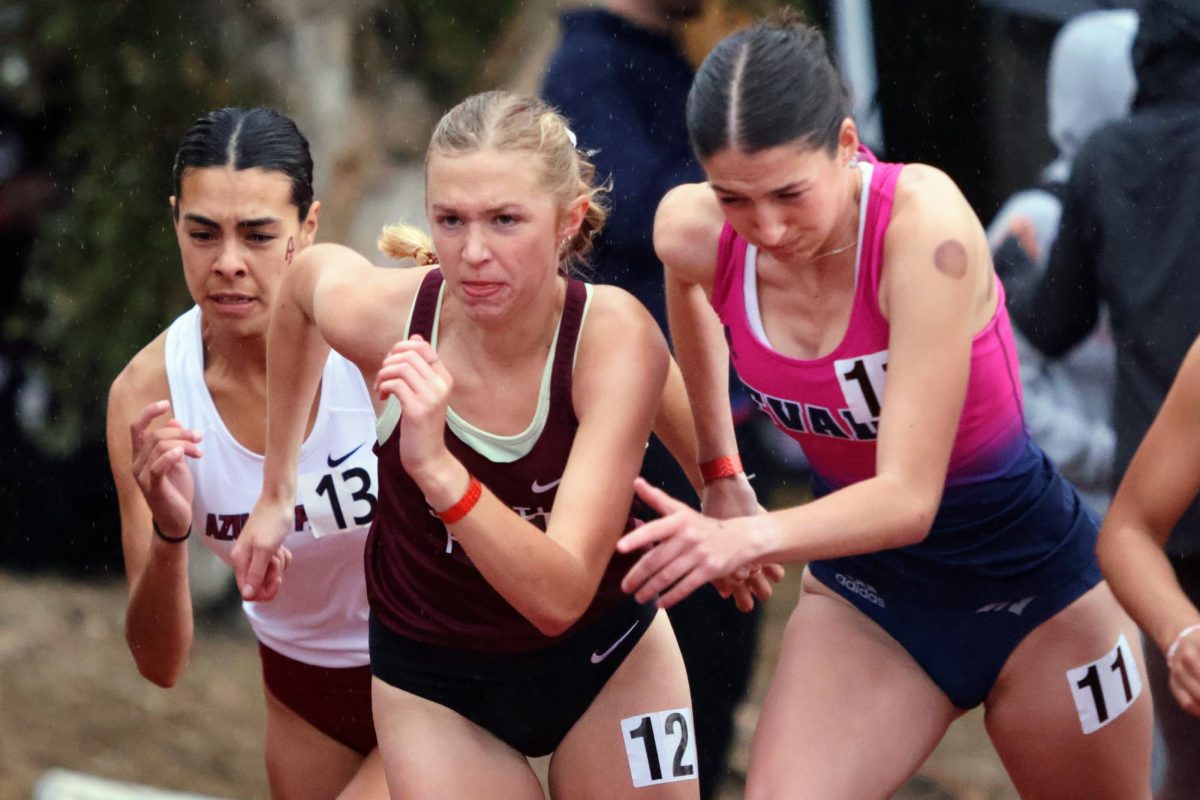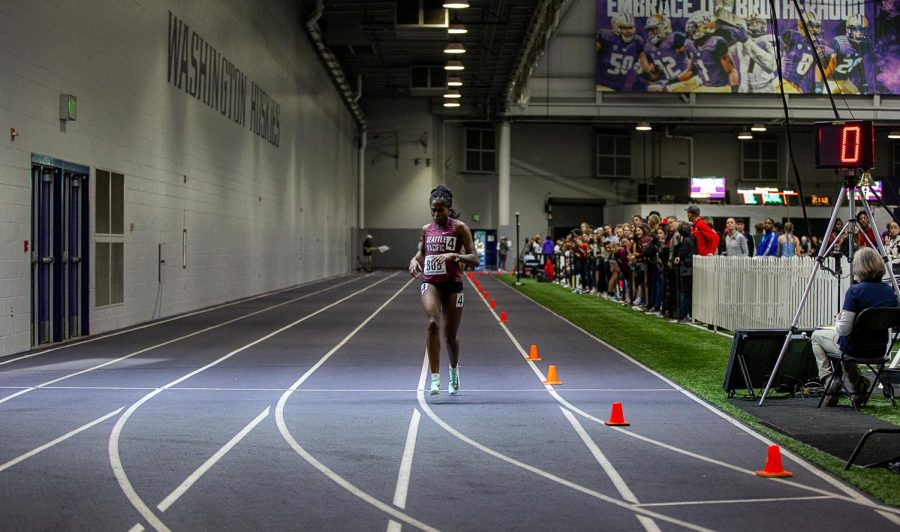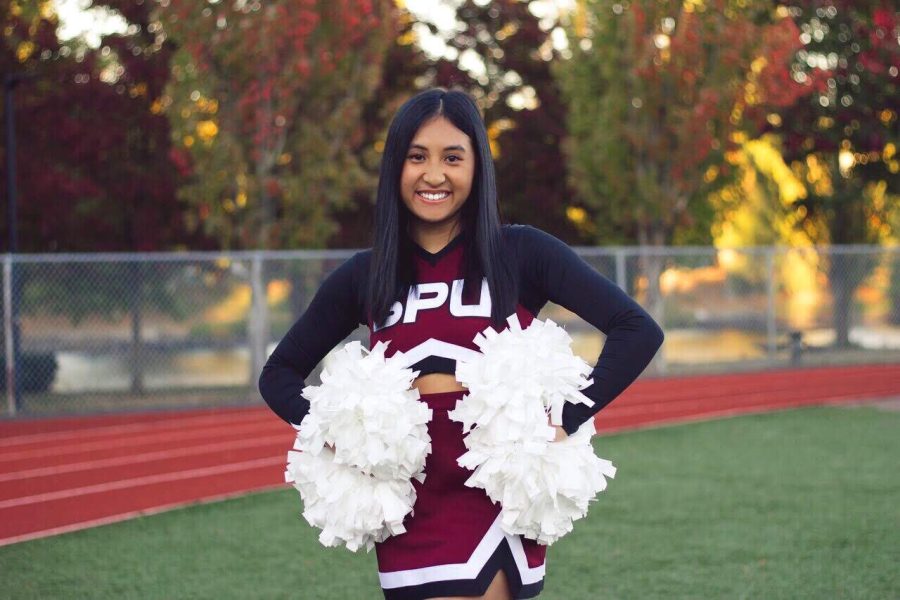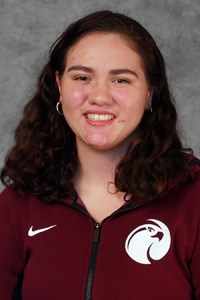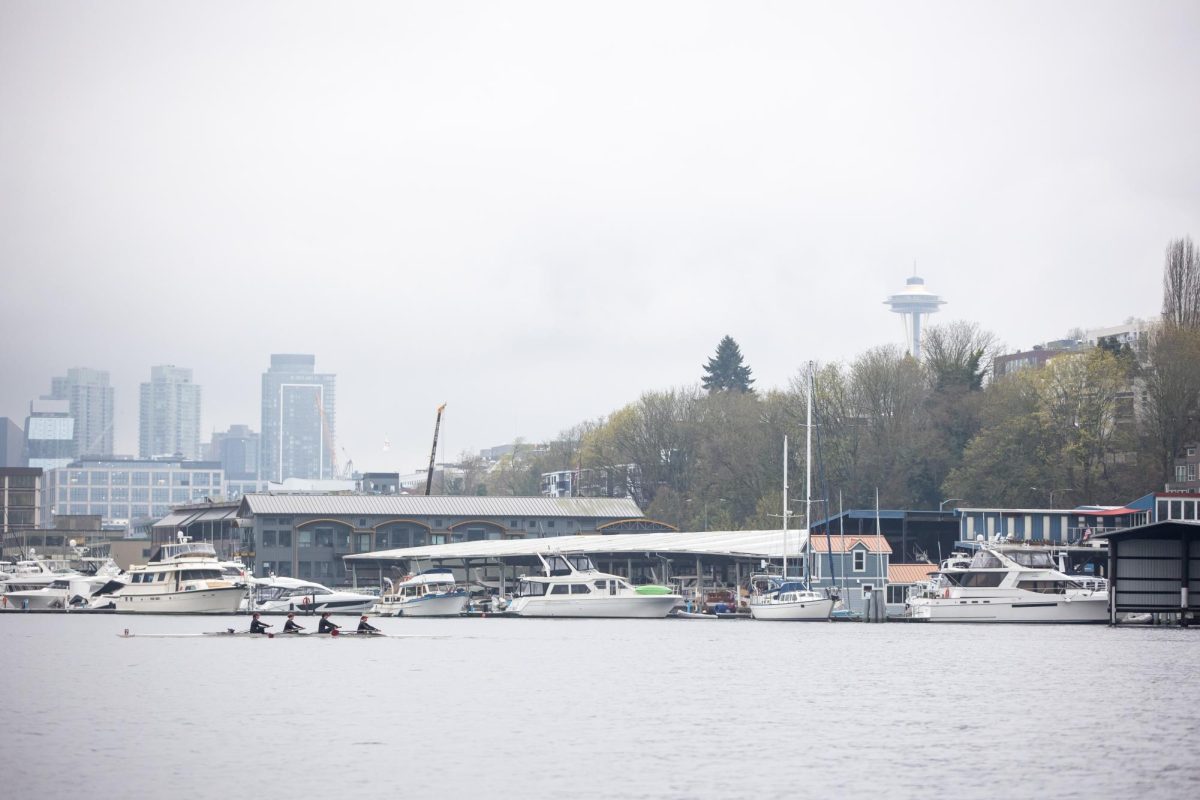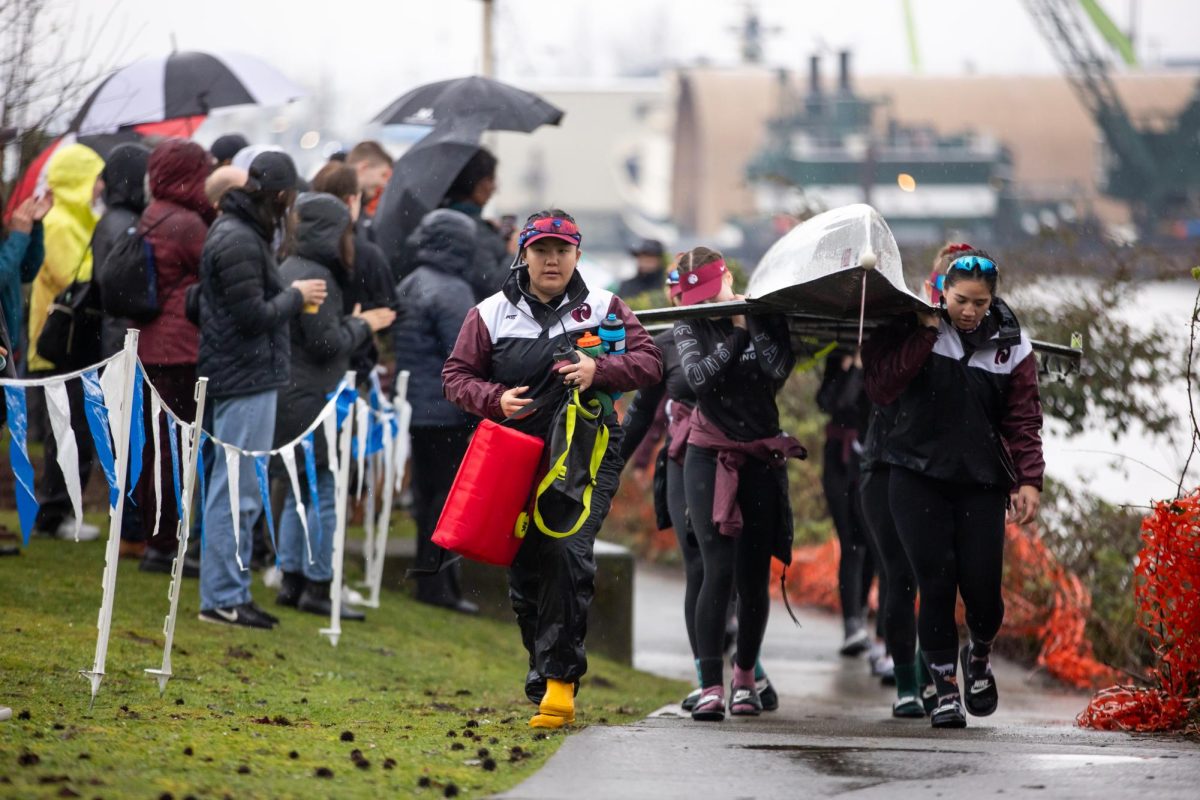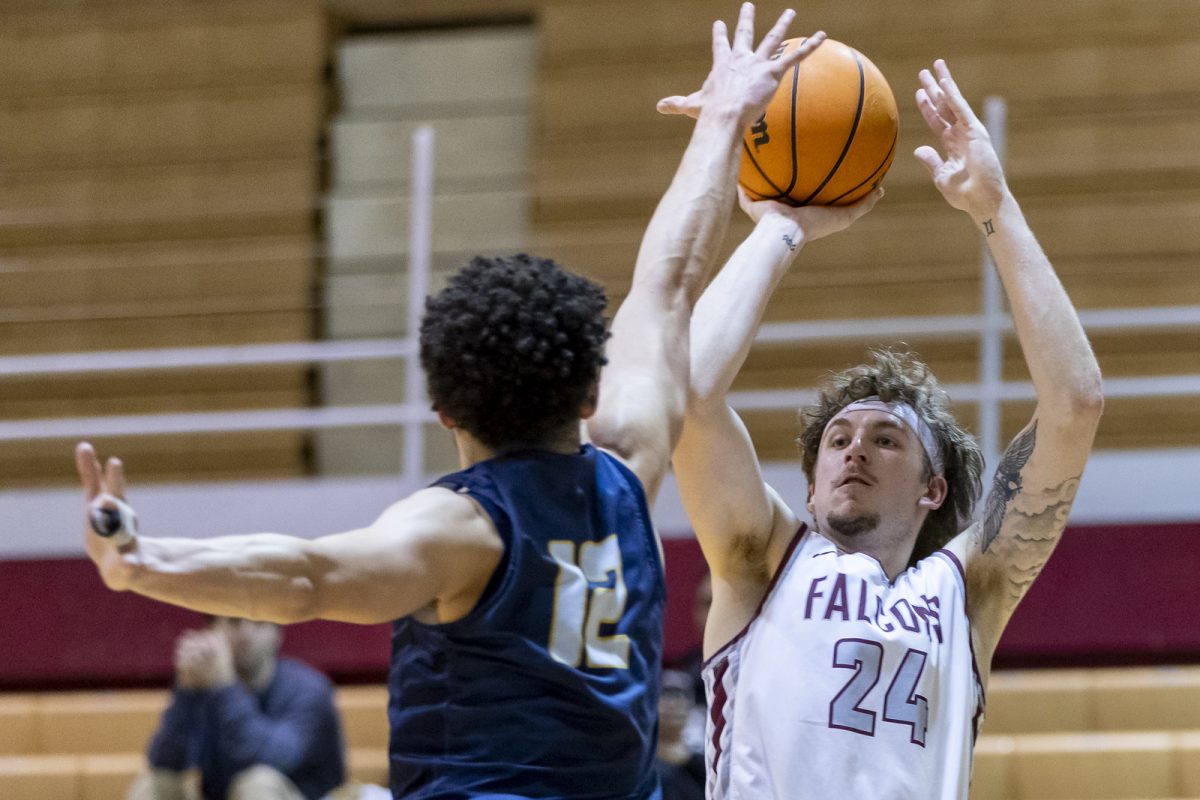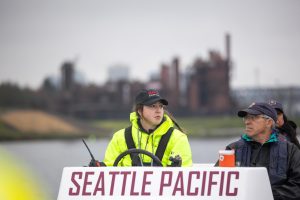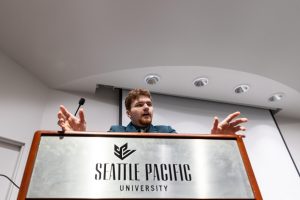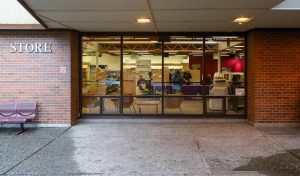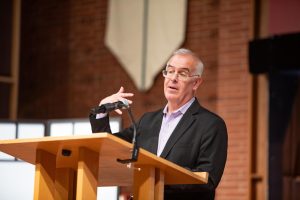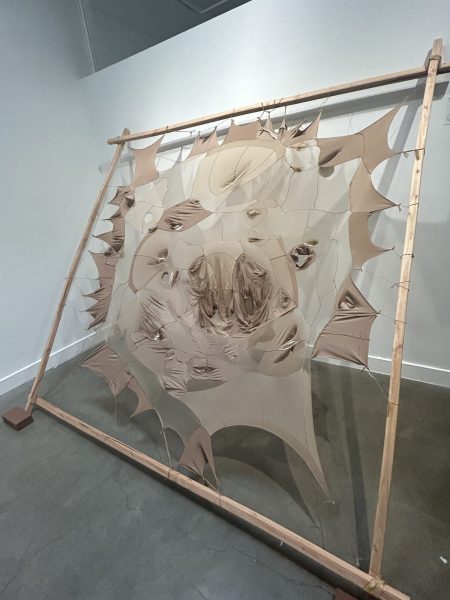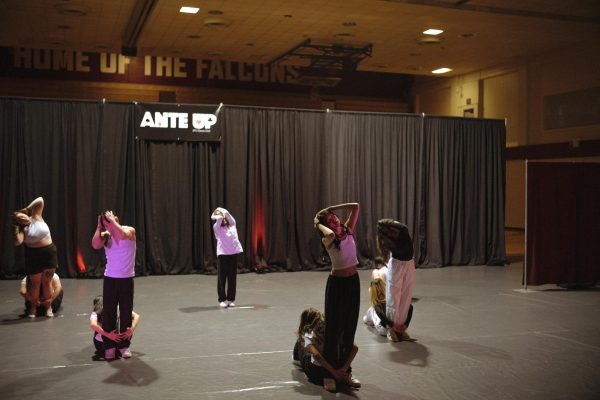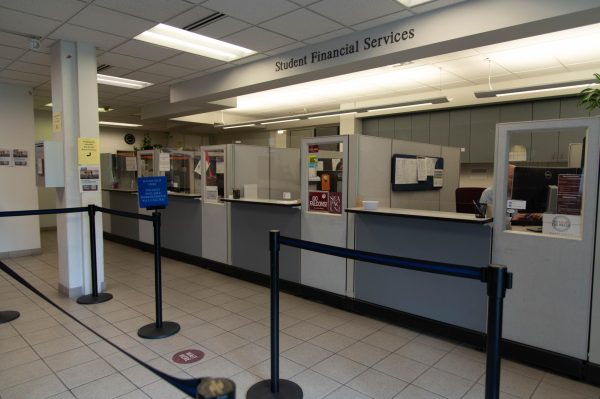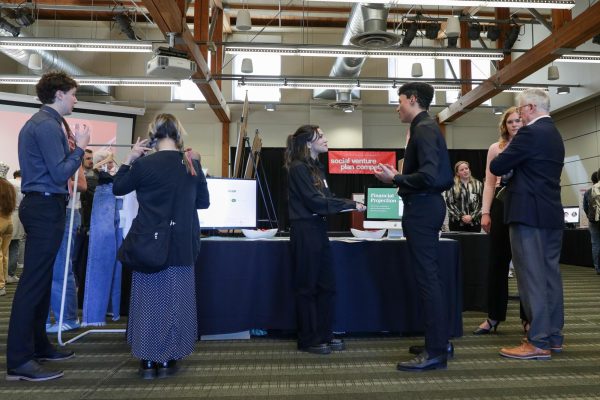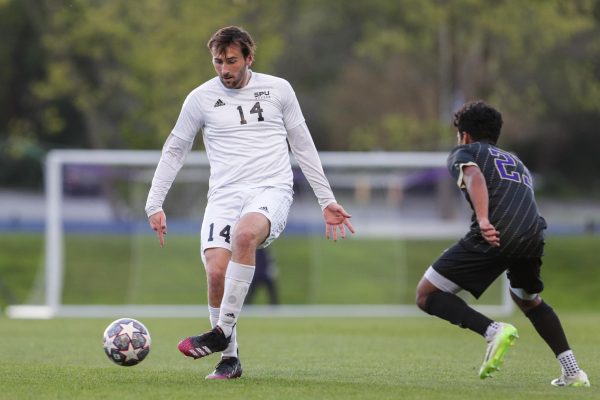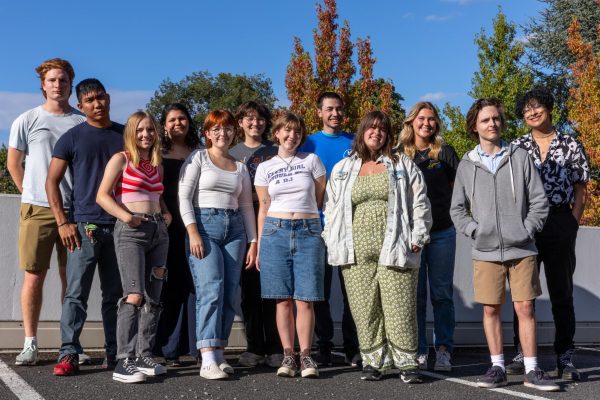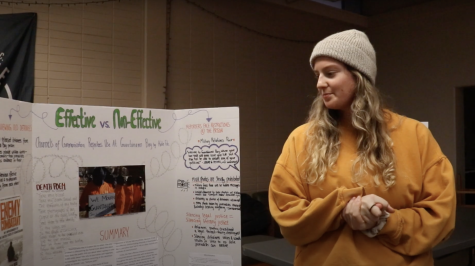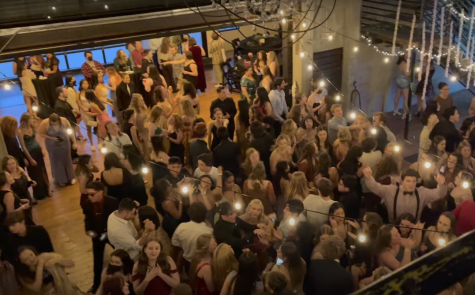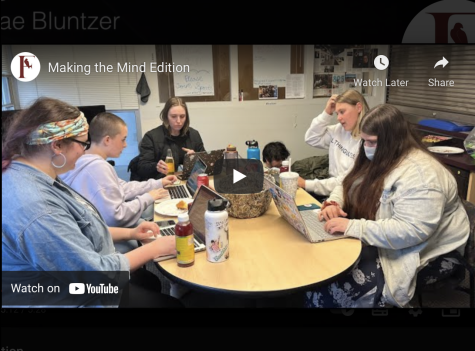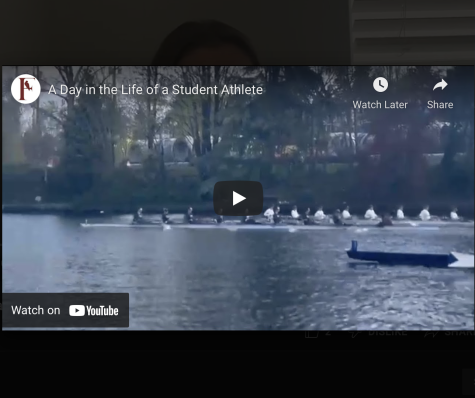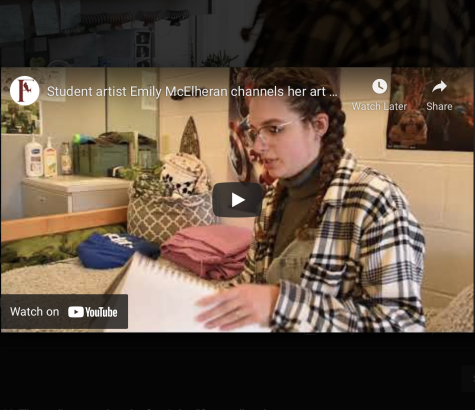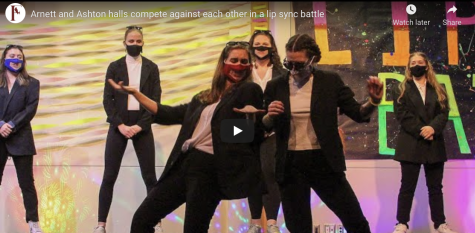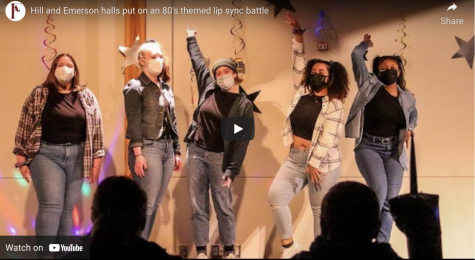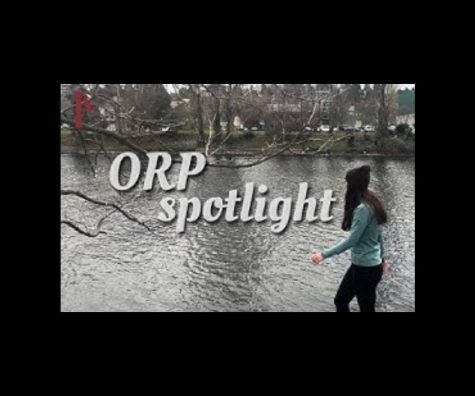20th Anniversary of the Nisqually Earthquake
SPU professors recall their experience during the 2001 earthquake
March 10, 2021
Video transcript:
20 years ago, on February 28, 2001, the Nisqually Earthquake shook the northwest. The 6.8 magnitude quake started at around 10:54 AM, when SPU students and staff were on campus. I spoke with a few professors who were in Seattle that day over Zoom, and asked them about their experiences.
Communication professor Bill Purcell was on his way to class when the shaking started.
Purcell: “And I stopped into the Union building in the atrium there, and was talking to a student who was sitting on one of the couches, and suddenly the shaking started. She said, ‘what was that?’ and I said, ‘well I think we’re having an earthquake, why don’t you come over here and stand in the doorway with me.’”
The earthquake lasted about 60 seconds. After the quake had subsided, SPU buildings were evacuated, so that officials could check to see if any of the buildings had any structural damage.
According to a Falcon article from the week after the quake, “a radiator tipped over in Peterson Hall. Four-and-a-half feet of water was found in the boiler room of the SUB due to a broken pipe flange.” Students then gathered in Upper Gwinn, and waited to enter their dorms.
One of the buildings that had noticeable damage was Tiffany Hall, which is where Eaton Hall stands today.
Communication Professor Lorelle Jabs was on the third floor of Tiffany Hall when the earthquake started.
Jabs: “I was sitting at my desk when I felt things tremble. So I got up and I stood underneath the door jam. I don’t know if that really helps in the case of an earthquake, but that was my instinct at that point in time.”
Purcell: “My colleague who retired last spring, Debra Sequeira, was in her office on the third floor. And she looked out at her window as the chimney separated like this, back and forth from the side of the building, and just watched it sway for that entire time.”
Jabs: “Inside there wasn’t a lot of damage we were all just sort of shaken up.”
Tiffany Hall was planned to be torn down, because the University wanted a new wet sciences building. The damage from the earthquake seemed to be the final nail in the coffin for the almost 100 year old structure.
Now, SPU wasn’t the only place affected by the quake of course, a lot of older buildings downtown were also greatly damaged. Pioneer square especially was hit hard, with a number of the buildings’ brick exteriors, crumbling onto the street.
The Dexter Horton building was where English Professor Jeffrey Overstreet was working at the time. He told me that the building had been deemed unsafe just prior to the earthquake.
Overstreet: “I was working for the department of construction and land use. The department was moving from that historic and unsafe building, to the new Key Tower just a few blocks away.
I remember what I shouted in that moment was, “you have got to be kidding me” because of the circumstances. And that building was pretty messed up by the earthquake, I remember like an air conditioning unit crashing through the ceiling panels. I’ll never forget standing outside of what has kinda become the iconic shot of the whole earthquake which was the Fenix Underground Cafe, where the onnings had collapsed and there was brick everywhere, there was brick piled up on the cars outside.”
Now, thankfully no one was killed as a result of the Earthquake itself, but it could’ve been a lot worse considering all the damage that was dealt.
Seattle has been trying to make some changes around the city to make sure that things are earthquake safe. SPU has even done its fair share – tearing down Tiffany Hall, and retrofitting the oldest building on the campus, Alexander Hall.

